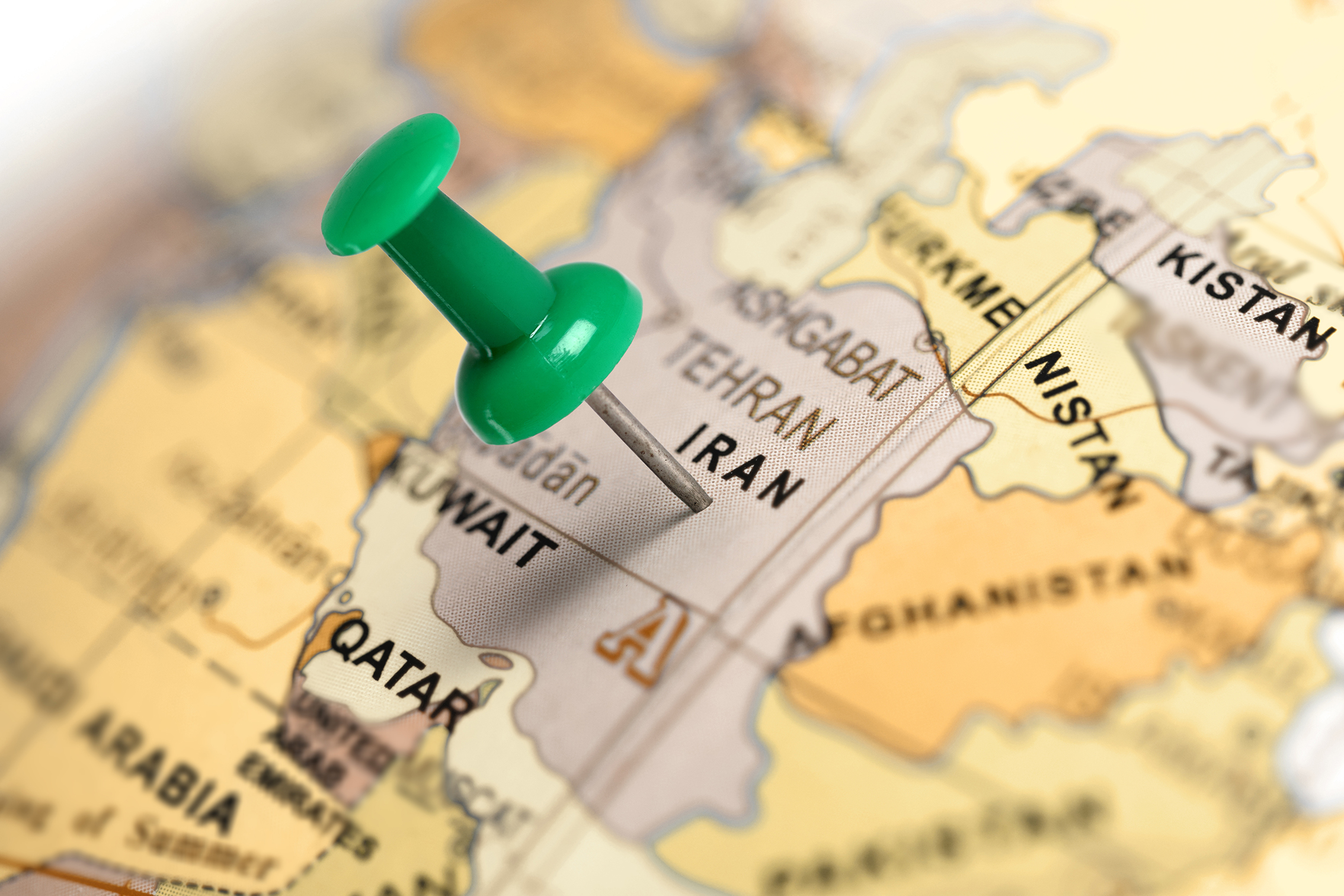Iran was ranked 118th among 130 countries and territories in the 2017 FM Global Resilience Index report, scoring 18.7.
The ranking shows a one-notch improvement compared to last year's report, FMGlobal.com reported.
The scores are bounded on a scale of 0 to 100. A score of 100 does not imply a perfect score, but rather, that the territory ranks highest in that particular dimension. The scores, therefore, are a relative measure of resilience across countries, rather than an absolute measure.
FM Global is a Johnston, Rhode Island-based mutual insurance company with offices worldwide, which specializes in loss prevention services primarily to large corporations throughout the world in the Highly Protected Risk property insurance market sector.
The overall composite index is, by design, a simplified, summary measure of resilience. The FM Global Resilience Index provides an indication of countries’ relative enterprise resilience to disruptive events.
In combination with additional information, this provides business executives with a source of guidance on enterprise risk when making decisions about risk improvement priorities, sourcing suppliers or the destination of physical investments.
Iran's economy emerged from international nuclear sanctions in January 2016 after years of isolation from world trade and businesses.
The economy grew 12.5% in March 2016-17 fiscal year compared to the preceding year, according to the Central Bank of Iran. It emerged from recession in the March 2014-15 fiscal year with a 3% growth after two years of recession when it contracted 5.8% and 1.9% back to back.
Growth for fiscal 2015-16 has been put at -1.6% by CBI.
Twelve core drivers of resilience have been selected for inclusion in the FM Global Resilience Index. These drivers are categorized on the basis of economic, risk quality or supply chain factors.
1. Economic: This factor represents political and macroeconomic influences on resilience. Combining to form this factor are four drivers: productivity, political risk, oil intensity and urbanization rate. Terrorism was found to be highly correlated with political instability, so these two variables are combined into a single driver: political risk.
Iran was ranked 113th in this factor, scoring 14.1, up by 2 notches compared to its 2016 standing of 115.
2. Risk Quality: This factor comprises three drivers sourced from FM Global: exposure to natural hazards, natural hazard risk quality and fire risk quality. An additional fourth driver is included to capture the inherent cyber risk of a country.
Iran was ranked 117th in this factor, scoring 10.7. The ranking remains unchanged compared to 2016.
3. Supply Chain: This factor relates to the supply chain itself and comprises four drivers: control of corruption, quality of infrastructure, local supplier quality and supply chain visibility.
Iran was ranked 101st here, scoring 28.5, indicating a two-notch improvement compared to last year.
> How Do Others Fare?
Switzerland occupies the top position in the FM Global Resilience Index. Luxembourg has risen gradually from eighth in 2013 to second in 2017, owing partly to its reduced reliance on oil for economic productivity.
The lowest-ranking country in the index is Haiti, which is among the poorest countries in the world. Ranked second to last, Venezuela is hampered by exposure to wind and earthquake, perception of extensive corruption, poor infrastructure and ill-perceived local supplier quality.
Inherent cyber risk can have a tremendous influence on enterprise resilience and is a driver added to the 2017 index. It combines equally a country’s vulnerability to cyberattack with the country’s ability to recover from such an attack.
Middle Eastern countries have a particularly high exposure to cyber risk. In fact, the four countries ranking lowest in the index for inherent cyber risk are Saudi Arabia (ranked 56th), Bahrain (ranked 44th), the UAE (ranked 32nd) and Qatar (ranked 13th).
Moreover, urbanization rate is related often to the toll taken by natural hazards and is a driver of resilience newly added to this year’s index. Countries in the index with significant flood exposure and high urbanization rates include Bangladesh (ranked 111th), Thailand (ranked 97th), Vietnam (ranked 95th), China (ranked 68th, 72nd, 66th) and India (ranked 60th). These major global manufacturing hubs are susceptible to flooding, so the potential for severe disruption across business operations and global supply chains is considerable.
Supply chain visibility, another new driver within the index, is the ability to track and trace consignments across a country’s supply chain. Vietnam (ranked 95th), with its thriving manufacturing sector increasingly important to the global supply chain, dropped eight places in the index since last year, owing primarily to poorer supply chain visibility.


